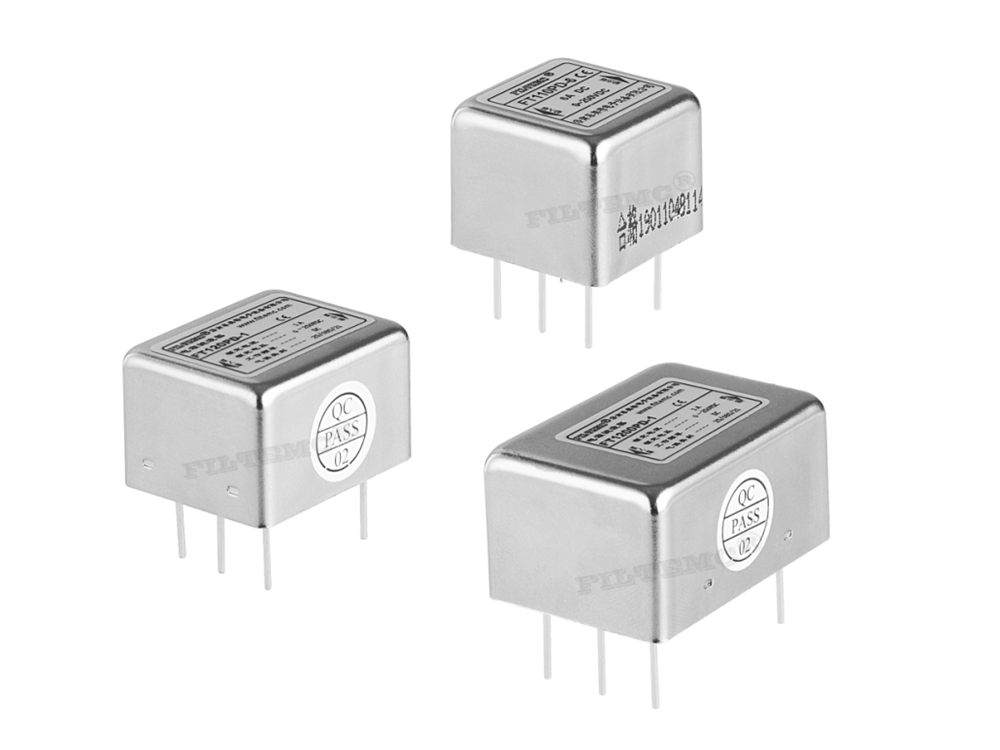Technical Analysis: A Brief Talk on Three Types of Wireless Projection Technology
Wireless projection is the product of the development of projector technology. Wireless projection not only changes the way traditional projectors are used, but also changes the concept of using projectors for work and entertainment.
This article refers to the address: http://
Advantages of wireless projectors
Users need to be connected to the wired projector to be greatly limited by the connection, real-time data sharing on the projector is very complicated. For example, in a similar roundtable and interactive discussion, lecture or class, etc., the data of different speakers are stored in different laptops, and the laptops have to be frequently replaced when they take turns to demonstrate, which requires reconnection. Reject the projector. The application of wireless technology frees the user from the clutter of cable clutter and satisfies the desire for free projection. A projector using a wireless projection system can generally be connected to a local area network through a standard wireless transmission protocol, and a computer in the same local area network as the wireless projector can control the projector in the conference room to easily realize one-to-one and multiple pairs. One and one-to-many connection projection.
Wireless projection technology type
As far as current applications are concerned, wireless projection technologies mainly include wireless network projection, peer-to-peer (AdHoc) mode projection, and PC memory card projection.
1. Wireless network projection
Networking is the extension of projector wireless, and the application of Wi-Fi technology has revolutionized the traditional projection method. With the development of wireless technology, wireless network projectors have become more and more popular in the market. Generally, they can be connected to a local area network or a notebook computer through a standard wireless transmission protocol. Computers in the same local area network can directly operate the projector. Control the projector work in the conference room, etc.
Network projection can be achieved by wired and wireless means. Wired mode means that the network cable can be directly connected to the network interface on the projector, while wireless mode means that the projector has a built-in wireless network card. In a normal projector connected to a computer, the display information of the computer is converted into a display signal in the computer and then transmitted to the projector, so that the amount of information transmitted to the projector is very large. After the network connection, the network transmission mode and the network bandwidth are not allowed to transmit the analog display signal, so only the most popular information transmission method in the network can be used - the computer directly transmits the display information to the projector in the projector. Complete the conversion of the displayed information to the analog display signal.
For wireless network projectors, we can visually understand the combination of a common projector and a reduced PC. It can disconnect the network and the user directly from the computer, from an isolated PC peripheral product to a network. An organic node, any computer in the network can access the projector through specific software, control the demonstration or set various projection parameters, and realize real-time sharing of off-site synchronous presentation and projection equipment.
2. Peer-to-Peer (AdHoc) mode projection
Peer-to-Peer (AdHoc) is a wireless architecture by which one or more computers can share a projector with peer-to-peer wireless capabilities. This means that every projector user has the same initiative and can use the projector.
AdHoc is a wireless mobile network technology that has emerged in the civilian sector. AdHoc network research was originally applied to the military field. The research was funded by the US Defense Advanced Research Projects Agency. With AdHoc mode projection, a second or third computer can be connected to the wireless network using only one router and a freestanding wireless access node. For users without external LAN (local area network) or Internet connection conditions, this is a very simple and practical way to share data and documents.
The nodes in the AdHoc network are composed of mobile hosts. When temporary communication is performed in areas without wired infrastructure, it can be easily implemented by setting up an AdHoc network. Windows XP supports this technology by providing an automatic private IP address between 169.254.0.0 and 169.254.255.255 for the network adapter.
3.PC memory card projection
The projector is equipped with a memory card reader to take off the projector for projection presentation. This is a relatively simple wireless projection mode, and more and more projectors are designed with memory card readers. The user can save the data or digital pictures such as Word, Excel and PowerPoint to the corresponding type of memory card, and insert the memory card into the projector to directly read the data stored on the card for presentation.
Features of PCB filters
Specially designed for easy and fast PCB hole through mounting, safe and effective;
FT110P/FT110PD series are general purpose one-stage common mode filters, high cost performance;
FT120P/FT120PD series are two-stage common mode filters, excellent common and differential mode filtering effect with very compact structure.
FT1200P/FT1200PD series are two-stage filters comprising one common mode and one differential mode, with differential mode filtering effect enhanced.
Introduction of PCB mounting filters
Rated currents: 0.5 to 6A
Available for AC and DC circuits
Optional medical versions (H type)
Plastic or metal shell optional
Custom specific versions available on request

PCB Filter,PCB Mounting Filter,RFI Noise Filter,EMI Filter DC Power
Jinan Filtemc Electronic Equipment Co., Ltd. , https://www.chinaemifilter.com